Pickleball’s popularity is skyrocketing, and with it, players are always on the lookout for ways to up their game. It’s not just about mastering the skills; the right equipment can make a world of difference. Whether you’re a seasoned player or just dipping your toes into the pickleball waters, knowing what gear to invest in is key.
From paddles that offer better control and power to shoes that provide the grip and mobility you need on the court, every piece of equipment plays a crucial role. But with so many options out there, it can be overwhelming to figure out what’s really worth your money. Let’s dive into some essential pickleball equipment tips that’ll help you not just play better, but also enjoy the game even more.
Choose the right pickleball paddle
Picking the right pickleball paddle can significantly influence a player’s performance on the court. With advancements in technology, paddles now come in various materials like wood, composite, and graphite, each offering unique benefits. It’s essential to understand these differences to select a paddle that complements one’s playing style.
Wooden paddles, often the most affordable option, are great for beginners. However, they’re heavier than their composite and graphite counterparts and might not provide the same level of control or power. Composite paddles offer a good balance between power and control, with a variety of surface textures to improve the grip on the ball. Graphite paddles, on the other hand, are lightweight and allow for quick, precise movements, but they usually come with a higher price tag.
The weight of the paddle is another critical factor. Paddles can range from 6 ounces (light) to 14 ounces (heavy), and the right weight depends on the player’s preference and style. Lighter paddles enhance control and agility, perfect for those who prioritize quick, precise shots. Heavier paddles increase power, making them ideal for players who want to drive the ball across the court.
Paddle grip size is also important for comfort and injury prevention. A grip too large can make it hard to handle the paddle, while a grip too small could lead to over-gripping and potential strain. Players can measure their grip size by measuring from the middle crease of their palm to the tip of their ring finger. Typically, grip sizes range from 4 to 4 ½ inches.
Below is a table summarizing the different types of paddles and their characteristics:
| Paddle Type | Material | Weight | Best For |
|---|---|---|---|
| Wooden | Wood | Heavy | Beginners |
| Composite | Composite | Medium | Intermediate players |
| Graphite | Graphite | Light | Advanced players |
Finally, the paddle’s surface texture can influence a player’s ability to spin the ball. A rougher surface can grip the ball better, allowing for more spin. Knowing whether one prefers more spin or control can guide the decision-making process.
Consider the weight and grip of the paddle

When diving into the world of pickleball, paddle weight and grip size are crucial factors that can drastically affect a player’s performance on the court. Each player has a unique playing style, and finding a paddle that complements this style can make a significant difference in gameplay.
Paddle weights typically range from 6 to 14 ounces. A lighter paddle allows for quicker movements and is easier on the arm, making it an excellent choice for players who value speed and agility. On the other hand, a heavier paddle offers more power behind each shot but can be more demanding on a player’s endurance and precision. Therefore, it’s vital to strike a balance that matches one’s play style and physical capabilities.
| Paddle Weight | Description |
|---|---|
| 6-8 ounces | Light, good for control and speed |
| 8-10 ounces | Medium, balance of power and speed |
| 10-14 ounces | Heavy, good for power |
Similarly, grip size is another aspect that can’t be overlooked. An appropriately sized grip can enhance comfort, reduce the risk of injuries, and improve racket control. Grip sizes often range from 4 to 5 inches in circumference, with various thicknesses to suit different hand sizes. To find the perfect fit, players should measure from the middle crease of their palm to the tip of their ring finger. This measurement typically correlates with a comfortable grip size for most players.
A grip that’s too small can lead to added stress on the arm as players might grip the handle too tightly to compensate for the lack of control. Conversely, a grip that’s too large can hinder wrist movement, reducing the ability to perform shots with finesse. Adjusting the grip size with an overgrip tape is a common practice among players who are in-between sizes or prefer a slightly different thickness.
Moreover, the choice of grip material impacts the paddle’s feel and performance. Sweat-absorbent and cushioned grips are popular among players who prioritize comfort and moisture management, especially in hot or humid conditions.
Look for a paddle with a larger sweet spot
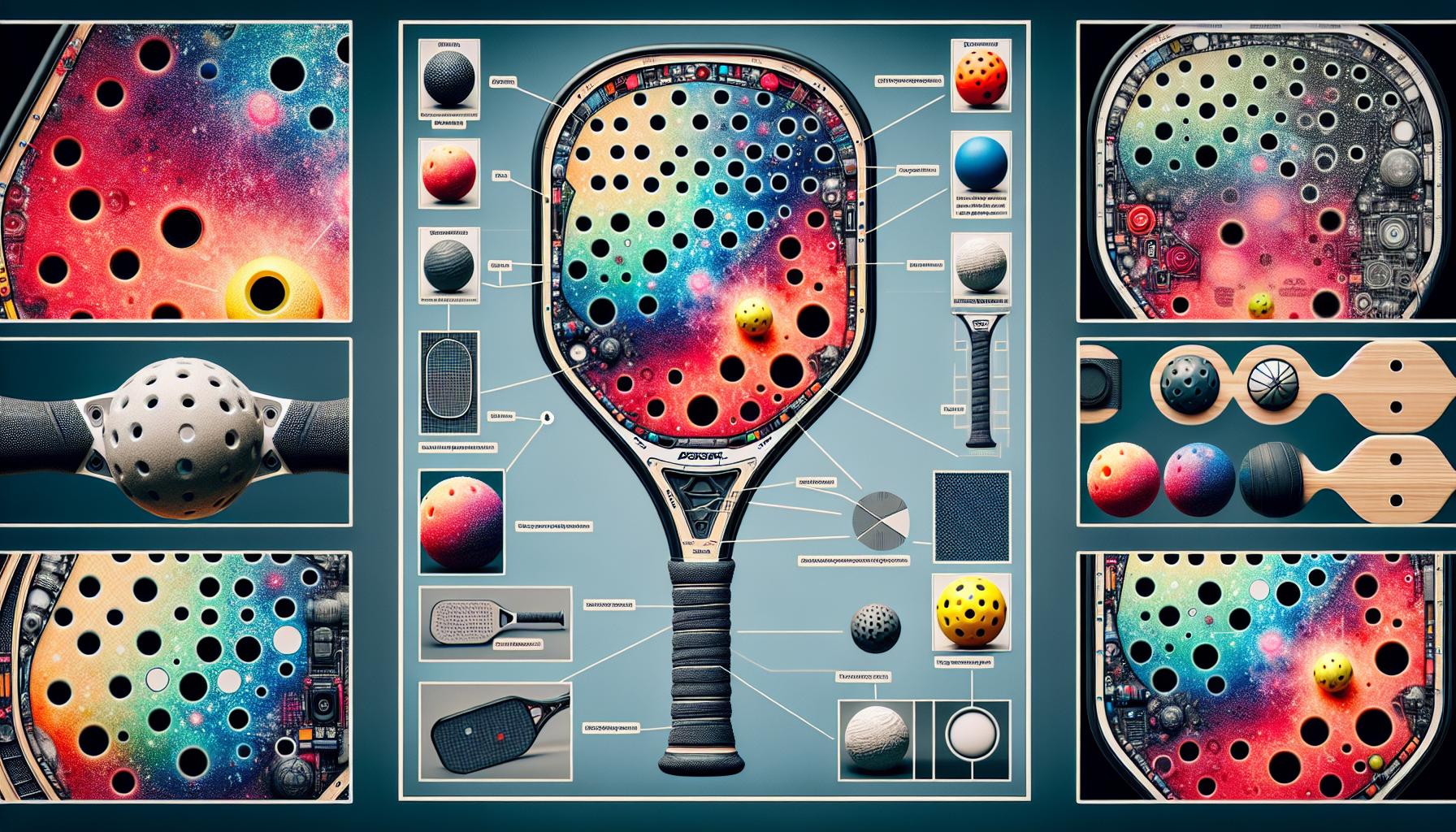
When players embark on their journey to find the perfect pickleball paddle, understanding the concept of the “sweet spot” is crucial. The sweet spot is essentially the area of the paddle’s face where a player can hit the ball most effectively. Paddles with a larger sweet spot provide a significant advantage by offering more forgiving hits, improving accuracy, and boosting confidence on the court.
Many advanced and professional level paddles are designed with technologies aimed at enlarging this sweet spot. Materials like graphite and composite are often used in these designs, as they can be engineered to enhance the paddle’s responsiveness across a wider area. This not only aids in delivering powerful serves but also helps in returning shots with precision, even when the ball doesn’t hit the center of the paddle.
But it’s not just about choosing the right material. The shape and size of the paddle play a pivotal role in determining the size of the sweet spot. Typically, wider paddles and those with an elongated shape tend to offer a larger sweet spot compared to traditional models. This is because the additional surface area provides more space for the player to connect with the ball effectively.
Paddle Weight and Sweet Spot
Paddle weight is another factor that influences the sweet spot. Lighter paddles allow for faster swings but can sometimes result in less power behind the hit. On the other hand, heavier paddles provide more momentum, which can be beneficial if the majority of your hits land within the sweet spot. However, it requires more arm strength to maneuver effectively during long matches.
Testing for the Sweet Spot
Finding a paddle with the right sweet spot for your play style might require a bit of experimentation. Many retailers or clubs offer demo programs, allowing players to test different paddles before making a purchase. It’s recommended to try out several paddles to see how each one feels during play, particularly focusing on how well you can hit with different areas of the paddle. Pay attention to your control over the ball, the power of your shots, and how the paddle’s weight affects your game.
Opt for a paddle with a balanced cushioning effect

When venturing into the realm of pickleball, players often concentrate on the type and weight of a paddle, overlooking the importance of the cushioning effect provided by the paddle’s grip. A balanced cushioning effect can significantly enhance a player’s game by offering better shock absorption, reducing the strain on the joints, and increasing the overall comfort during play. This facet of paddle selection is crucial for players looking to improve their gameplay while maintaining wrist and arm health.
The cushioning in a paddle’s grip results from the materials used and the grip’s thickness. Foam and rubber are common materials that provide a comfortable, cushioned hold, translating into less fatigue and more precise control over the paddle. Players should seek out grips that feel comfortable in their hands, providing enough cushion to absorb the shock without sacrificing sensitivity to the paddle’s response.
Interestingly, the right amount of cushioning can also affect the player’s ability to execute advanced shots. With better grip control, players find it easier to perform spin shots and soft dinks without exerting excess pressure on their hands and forearms. This delicate balance between cushioning and control makes selecting a grip with the right feel a personalized decision, one that can have a notable impact on a player’s performance on the court.
To determine the optimal level of cushioning, players are encouraged to test various paddles under actual playing conditions. This hands-on approach allows them to feel how different grips absorb impact and whether a particular level of cushioning enhances their play. Most specialty sports stores offer demo programs, enabling players to try out equipment before making a purchase. Taking advantage of these opportunities can lead to finding a paddle that not only meets but exceeds expectations on the court.
Furthermore, for players who have already invested in a paddle but are seeking to improve its cushioning effect, aftermarket grip tapes offer a viable solution. These tapes come in various thicknesses and materials, allowing players to customize their paddle’s grip to achieve the desired balance between comfort and control. It’s a simple adjustment that can have a profound impact on a player’s endurance and enjoyment of the game.
Invest in proper pickleball shoes
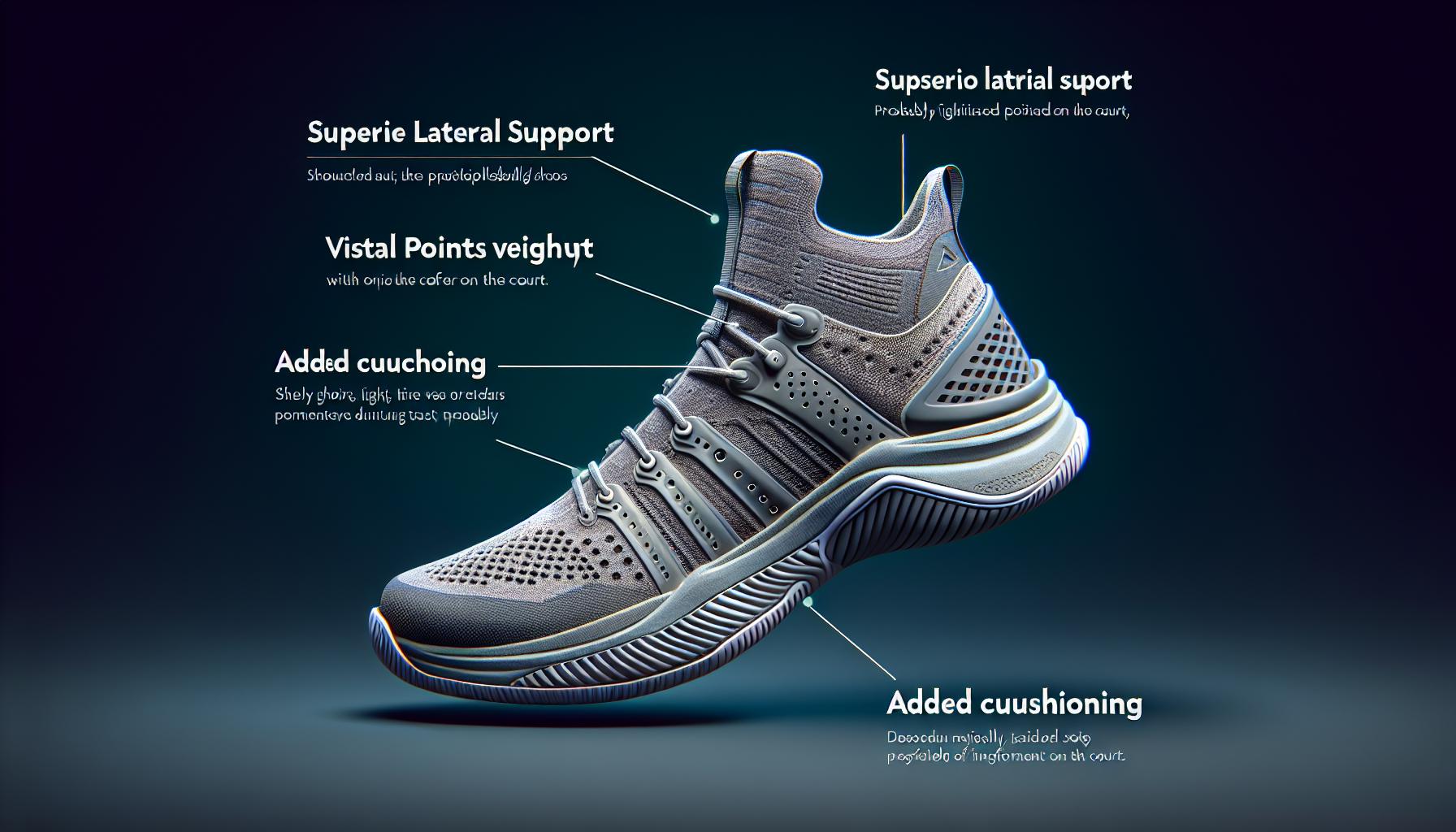
When stepping onto the pickleball court, the importance of wearing the right shoes can’t be overstated. Pickleball, a sport that involves quick movements, lateral steps, and sudden stops, demands footwear that’s specifically designed to support these actions. Just as one would select a paddle that enhances their playstyle, choosing the correct shoes is vital for both performance and injury prevention.
Pickleball shoes differ from regular athletic shoes in several key aspects. First and foremost, they are designed with superior lateral support to accommodate the swift side-to-side movements common in the game. This support helps prevent ankle rolls and keeps the player stable during rapid changes of direction. Additionally, the soles of these shoes are crafted to deliver excellent grip on court surfaces, reducing the risk of slips and falls.
Another vital feature to look for in pickleball shoes is cushioning. The constant impact from running and jumping can take a toll on one’s joints, particularly the knees and ankles. Shoes with proper cushioning absorb some of this shock, mitigating the strain on these vulnerable areas. However, it’s essential to strike a balance between cushioning and responsiveness; too much cushioning can diminish a player’s feel for the court, whereas too little may not provide adequate protection.
Breathability is another factor that shouldn’t be overlooked. Pickleball games can become intensely physical, causing players to sweat profusely. Shoes that offer good ventilation help keep the feet dry, reducing the risk of blisters and promoting overall foot health.
Lastly, durability is crucial. The repetitive nature of pickleball movements, especially the to-and-fro and lateral steps, subjects shoes to significant wear and tear. A durable pair of shoes not only withstands this rigorous activity but also provides a consistent playing experience over time.
For those serious about their pickleball game, investing in a pair of high-quality pickleball shoes is just as crucial as choosing the right paddle or grip. It’s a decision that impacts not only their performance on the court but also their physical well-being off it. Players should take the time to try on different brands and models, paying close attention to how the shoes fit and feel during movement. It may also be beneficial to consult with more experienced players or coaches who can offer personalized recommendations based on playing style and physical needs.
- Lateral Support: Ensures stability during
Focus on shoes with good traction and stability

When diving into the world of pickleball, players quickly realize the pivotal role their footwear plays. Not just any shoe off the shelf will do. For enhanced performance and safety on the court, shoes with good traction and stability are non-negotiables. This focus isn’t just about avoiding slips; it’s about empowering players to move confidently and react swiftly to their opponents’ plays.
The essence of good traction lies in a shoe’s sole design. The best pickleball shoes feature a herringbone pattern or similar designs that grip the court surface without catching, allowing for quick changes in direction without the risk of sticking or sliding. This kind of sole helps players execute those lightning-fast lateral moves and sudden stops that are so crucial in pickleball.
Stability, on the other hand, is all about preventing unwanted lateral movements of the foot within the shoe. Shoes designed with pickleball in mind will often incorporate reinforced side walls to provide lateral support. This feature is particularly beneficial during the fast-paced side-to-side movements that dominate the game. In addition, some models include technology to enhance stability around the heel and arch areas, further anchoring the player’s foot in place.
Why is this focus on traction and stability so critical? It boils down to two main benefits – performance enhancement and injury prevention. With the right shoes, players can push their limits on the court, reaching shots they previously couldn’t and making plays they only dreamed of. But perhaps more importantly, shoes that provide ample traction and stability are key to reducing the risk of slips, falls, and associated injuries like ankle sprains or strains. These are common concerns in sports that require swift, multi-directional movements, making the choice of footwear an essential consideration.
To ensure they’re getting the best fit and performance, players should look for these key features when trying on pickleball shoes:
- Non-marking rubber soles with a pattern suited for court surfaces
- Adequate lateral support to guard against unwanted foot movements
- Cushioning that absorbs impact without compromising responsiveness
- Breathable materials to keep feet dry and comfortable during intense play
Look for shoes with excellent support and cushioning
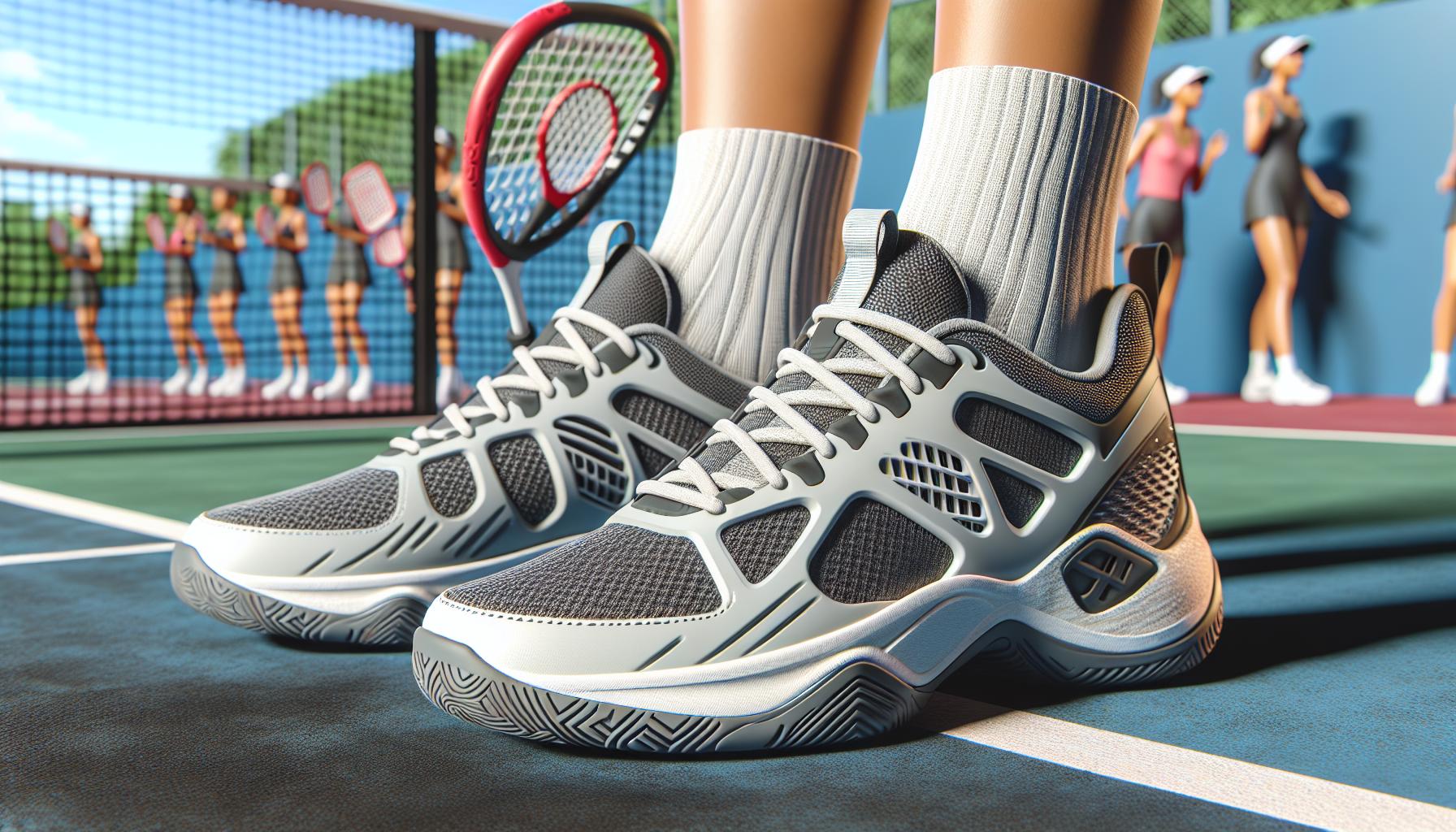
When delving into the world of pickleball, understanding the critical role of shoe support and cushioning cannot be overstated. As players dash across the court, the impact on their feet and joints is substantial. Shoes designed with excellent support can mitigate this impact, ensuring players can move swiftly and confidently without risking injuries.
Why Support Matters
Support in pickleball shoes is vital for several reasons. Primarily, it aids in stabilizing the foot during quick changes in direction, a common aspect of the game. This stability is crucial for preventing ankle rolls and other foot-related injuries. Moreover, adequate support can also contribute to a player’s overall balance, enhancing their ability to make precise shots under pressure.
The Cushioning Factor
Cushioning, on the other hand, is all about impact absorption. Every time a player jumps for a smash or sprints to the net, their shoes act as a buffer, absorbing the harsh impact that would otherwise be transferred to their feet, ankles, and knees. Well-cushioned shoes provide a plush feel underfoot, allowing players to enjoy longer game sessions with less fatigue and discomfort.
Key Features to Look For
When shopping for the ideal pickleball shoe, players should lookout for a few key features that indicate superior support and cushioning:
- Arch Support: Ensures the foot is correctly aligned, distributing weight evenly across the sole.
- EVA Midsole: A lightweight, foam-like material known for its excellent cushioning properties.
- Reinforced Heel Counter: Provides stability and prevents the foot from sliding inside the shoe.
- Padded Collar and Tongue: Offers additional cushioning and comfort, reducing the risk of blisters.
Balancing Support and Flexibility
While support and cushioning are critical, it’s also important for players to find a shoe that offers some degree of flexibility. A shoe that’s too rigid can restrict natural foot movement, hindering a player’s ability to perform at their best. The key is to find a balance, ensuring the shoe flexes at the ball of the foot while maintaining stability and support throughout the rest of the construction.
Don’t forget about pickleball balls and nets
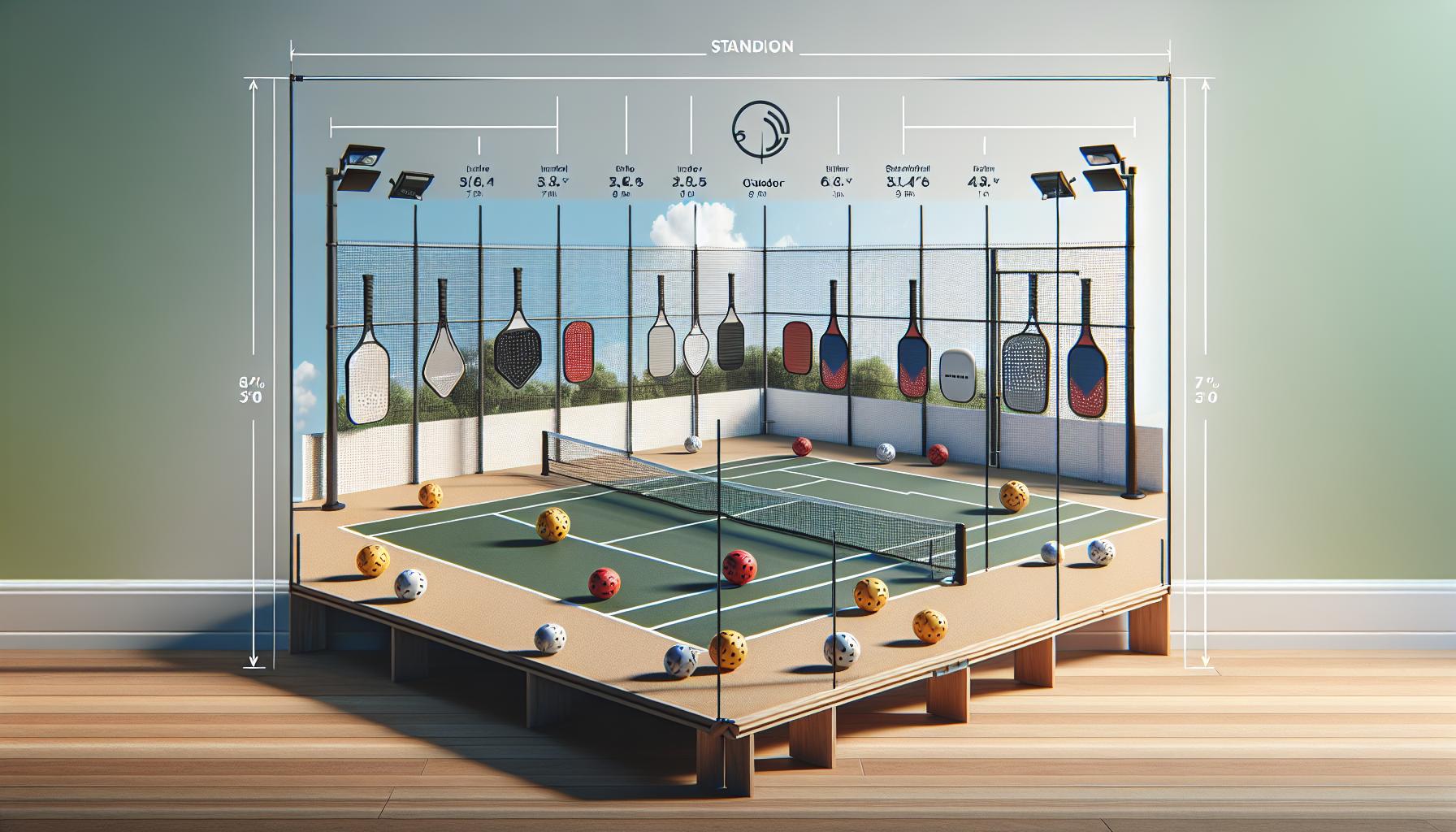
When delving into the world of pickleball, it’s easy to get caught up in selecting the perfect paddle or the most supportive shoes. However, the balls and nets play equally critical roles in enhancing a player’s game. Without the right ball or a properly configured net, even the best equipment can’t perform to its fullest potential.
Pickleball balls are uniquely designed to meet the demands of the sport. Outdoor balls are typically harder and have smaller, more densely spaced holes. This design is optimized for wind resistance and durability on rougher, outdoor court surfaces. Indoor balls, on the other hand, are softer with larger holes. They’re designed to offer better control and less bounce on indoor court surfaces, providing a different playing experience. Players must choose their balls wisely based on where they play most often to ensure the best performance.
| Ball Type | Hole Size | Best Used For |
|---|---|---|
| Outdoor | Small | Outdoor Courts |
| Indoor | Large | Indoor Courts |
In terms of nets, not all are created equal. A regulation pickleball net is 36 inches high at the sidelines and 34 inches in the middle. This slight dip in the center affects how players strategize their shots, especially those low, challenging serves and returns. For players practicing at home or setting up a makeshift court, ensuring the net meets these specifications is crucial for an authentic game experience.
Beyond the dimensions, the net’s material can significantly affect gameplay. Nets made from durable, weather-resistant materials are essential for outdoor play, ensuring they withstand various conditions without sagging or tearing. The tension of the net should also be considered; a net that’s too loose may catch balls unexpectedly, while one that’s too tight may bounce balls off too sharply.
When choosing pickleball balls and nets, here are some factors to consider:
- Durability: Opt for balls and nets that can withstand regular use. For outdoor equipment, look for UV-resistant materials to prevent wear from sun exposure.
- Playing environment: Select balls specifically designed for indoor or outdoor play to match the player’s most frequent environment.
- Regulation Size and Tension: Ensure nets meet official dimensions and offer the right tension for fair play.
Consider the quality and durability of pickleball balls
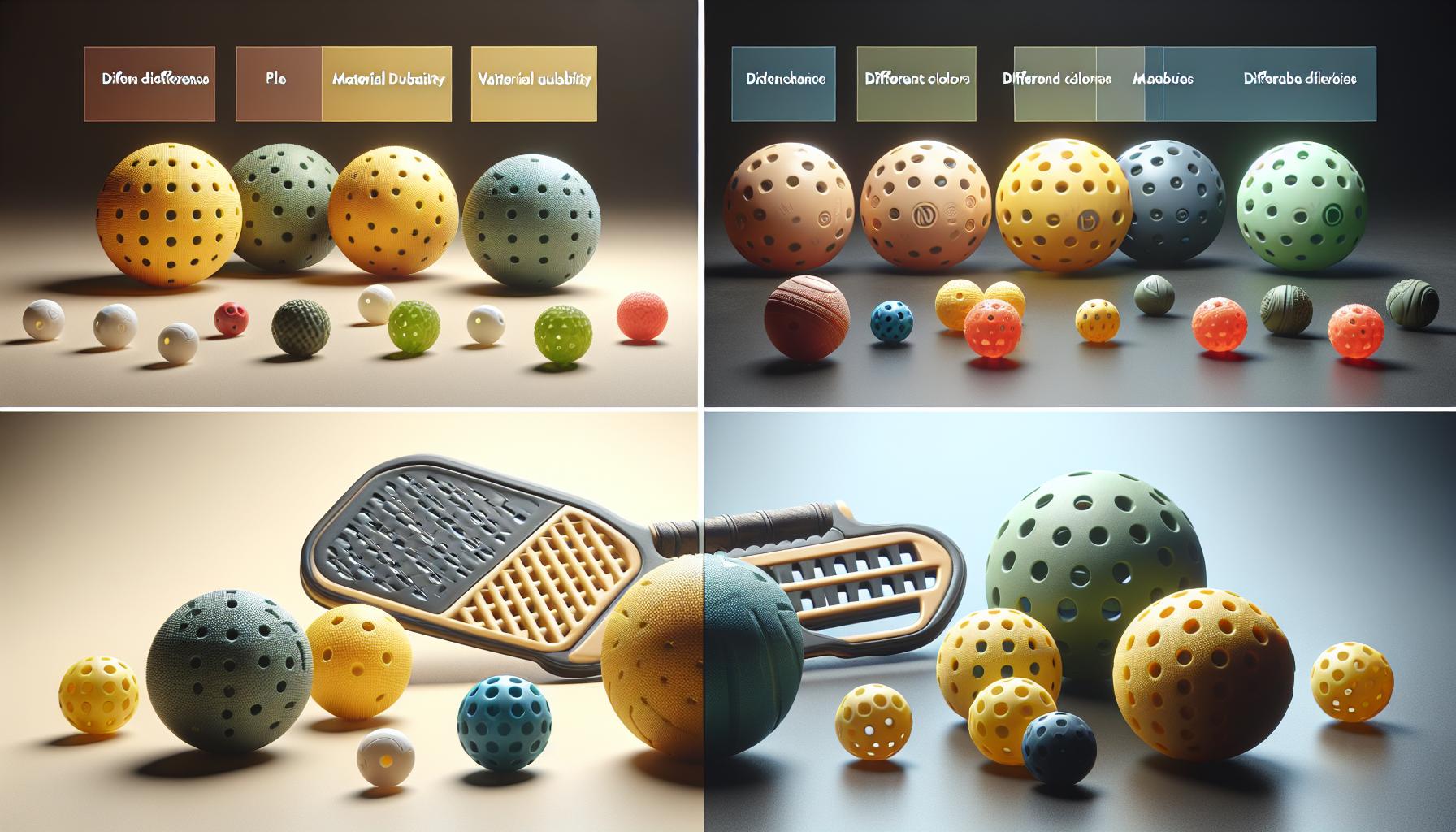
When delving into the realm of pickleball, the quality and durability of the balls you choose can significantly impact your gameplay. A key aspect to remember is that not all pickleball balls are created equal, and selecting the right type can make a considerable difference in how they perform during play.
Pickleball balls are subjected to rigorous use in various environments, whether it’s the hard surface of an outdoor court or the polished floors of an indoor arena. This means that the material from which these balls are made needs to withstand constant impact and varying weather conditions. Outdoor balls, for instance, are crafted to be harder to counteract the effects of wind and to last longer on rougher playing surfaces. This durability is crucial for players who engage in frequent or competitive outdoor matches.
In contrast, indoor balls are designed with a slightly softer plastic. They boast larger holes, which contribute to better control and a softer impact, making them ideal for indoor play where wind resistance and hard bounce are not concerns.
Choosing balls that lack in quality can lead to a frustrating experience on the court. Low-grade balls may warp or crack more easily, causing inconsistencies in bounce and flight path. This can disrupt the flow of the game and may even require frequent replacements, adding unnecessary costs over time. On the other hand, high-quality balls ensure a consistent playing experience and are a more cost-effective choice in the long run due to their enhanced durability.
Key Considerations for Ball Selection
When selecting pickleball balls, players should consider the following factors to enhance their game:
- Playing Environment: Choose outdoor balls for outdoor courts and indoor balls for indoor courts.
- Durability: Opt for balls that are known for their durability and resistance to wear and tear.
- Brand Reputation: Consider purchasing balls from reputable brands that are known for producing high-quality equipment.
- USAPA Approval: For competitive play, ensure the balls are approved by the USA Pickleball Association.
Quality and Playability
The bounce of the ball is another factor impacted by quality. The USAPA specifies that a ball must have a bounce height between 30 to 34 inches when dropped from a height of 78 inches. High-quality balls adhere to this standard, ensuring fair play and consistent bounce height across games.
Invest in a portable pickleball net
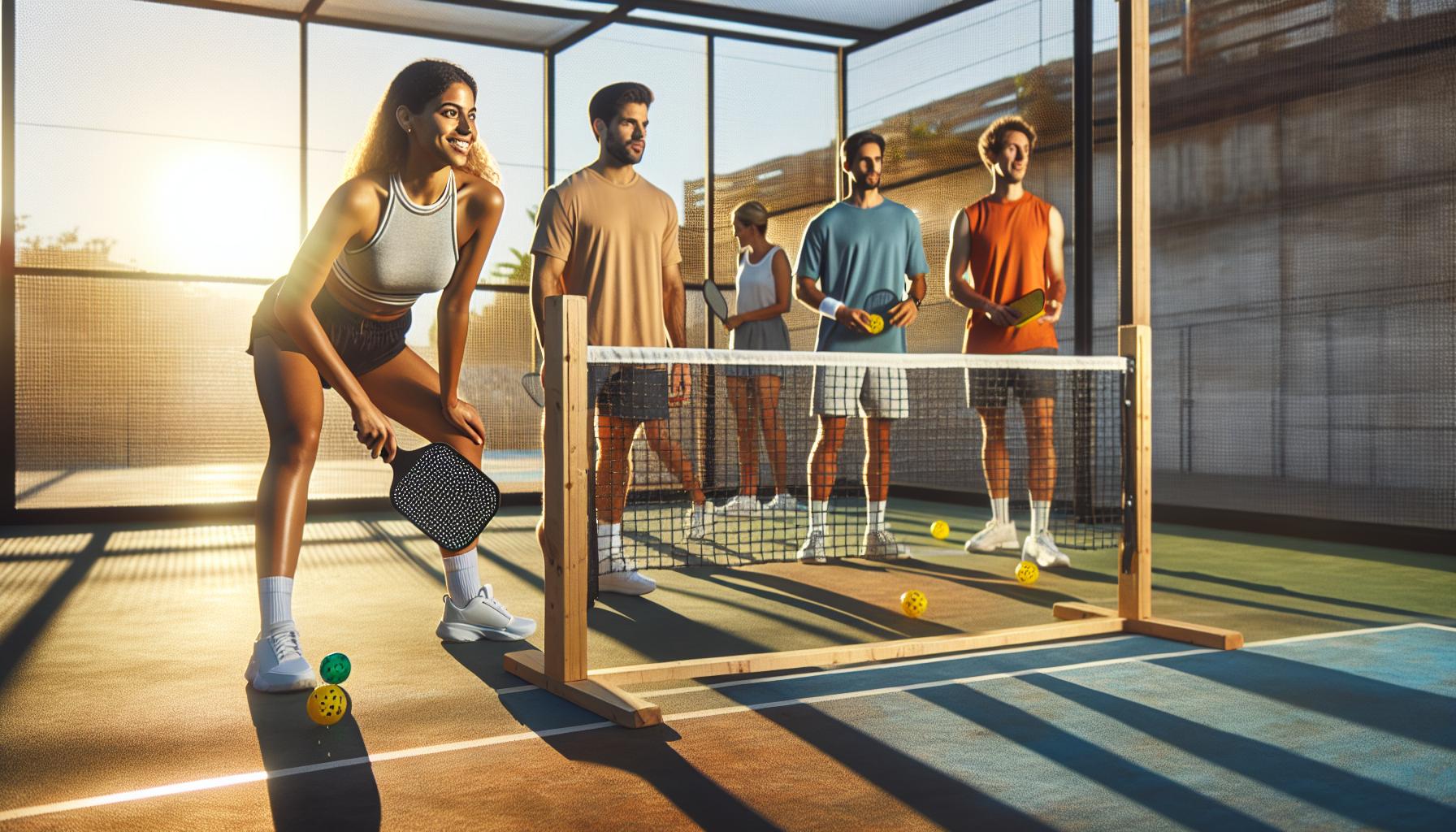
When diving into the world of pickleball, one piece of equipment that can substantially elevate a player’s game is a portable pickleball net. Not only does it allow players the flexibility to set up a game wherever there’s enough space, but it also ensures that practice and fun are never dependent on the availability of local courts. The appeal of a portable net lies in its adaptability and ease of use, making it a worthy investment for both novice and experienced players alike.
Portable pickleball nets are designed with practicality in mind. They’re typically lightweight, making them easy to carry, and come with a carrying case for convenience. Setup and takedown are straightforward, often requiring no tools and just a few minutes of one’s time. This simplicity ensures that the game can start promptly, maximizing play time.
Quality and specifications are crucial when selecting a portable net. The net must meet the USA Pickleball Association’s (USAPA) regulation size of 22 feet wide and 36 inches high at the sidelines, dipping to 34 inches at the center. Adhering to these standards guarantees that practice sessions are as effective as they can be, providing a realistic environment that mirrors official playing conditions.
Durability is another factor to consider. A good portable net is crafted from weather-resistant materials that can withstand the rigors of frequent setup and takedown, as well as exposure to various outdoor conditions. UV protection is a plus, ensuring that the net remains in top condition, colorfast and structurally sound, even after spending hours under the sun.
The base and frame of the net must offer stability regardless of where it’s set up. Whether it’s on grass, concrete, or sand, the net should stand firm against wind and the impact of balls hitting the net during gameplay. This is often achieved through sturdy metal frames and weighted bases or ground stakes that anchor the net securely in place.
While the flexibility a portable net offers is unmatched, players should also consider the playing surface they plan to use most often. Some nets come with adjustable height settings or additional anchoring systems to accommodate different terrains. Keeping this in mind can enhance the net’s functionality and ensure safety during play.
Conclusion
Choosing the right equipment is crucial for any pickleball enthusiast looking to elevate their game. From selecting the perfect paddle that fits your grip and playing style to understanding the nuances between outdoor and indoor balls, every piece of equipment plays a pivotal role. Remember, the durability and quality of your gear not only affect your performance but also enhance your overall experience on the court. Whether it’s the bounce of the ball or the tension of the net, paying attention to these details can make a significant difference. So before you hit the court next time, take a moment to assess your equipment. It might just be the game-changer you need.

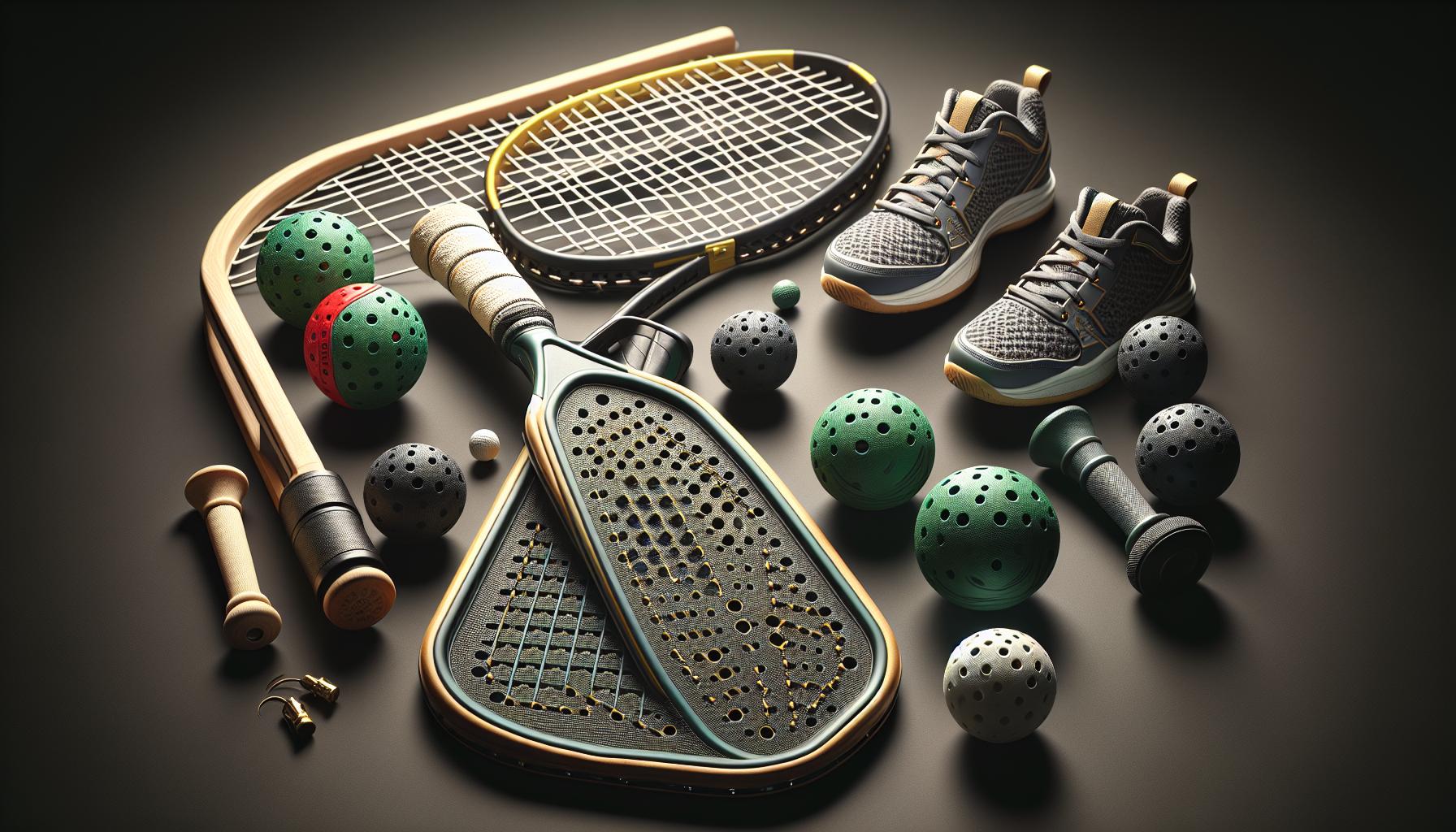









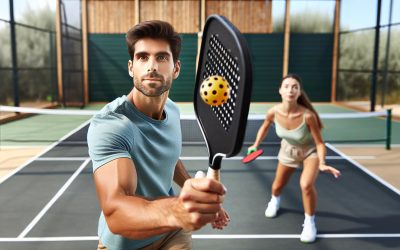
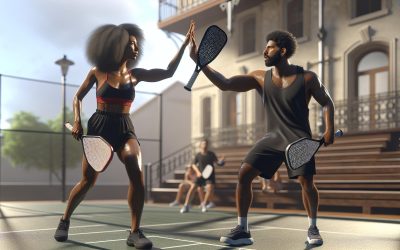

0 Comments